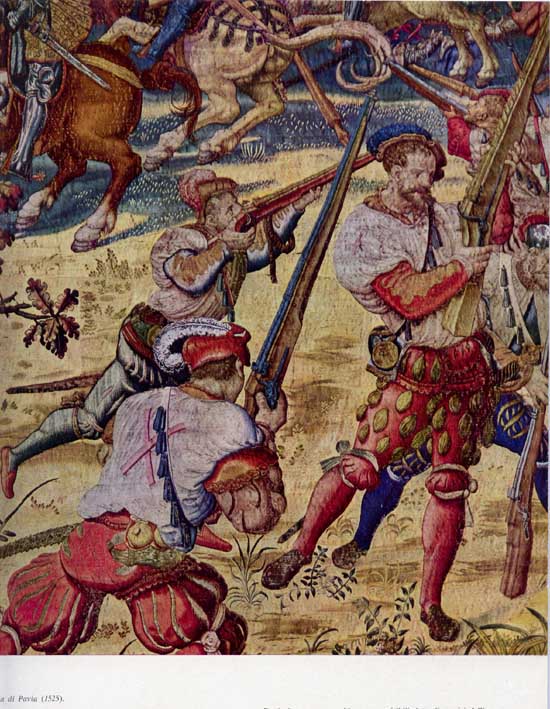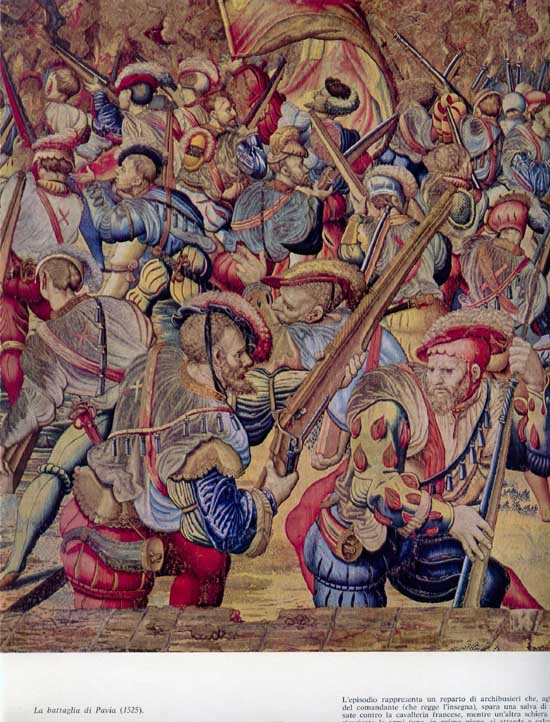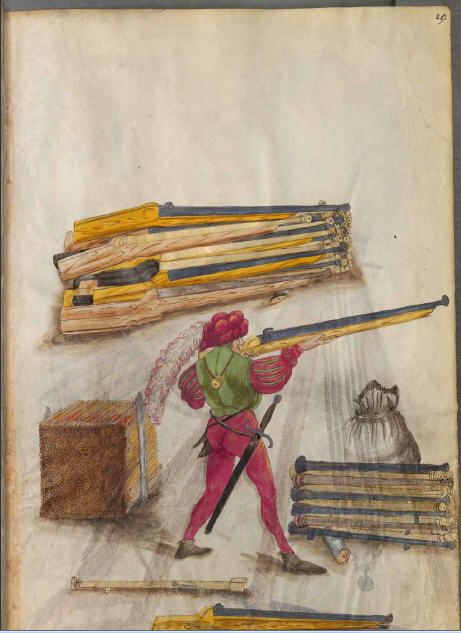I received an interesting reply from a fellow collector who's special interest is in early Spanish/Portuguese/Italian firearms. Here is his reply ref Portuguese firearms during this period:
Hi, Rick
Oddly enough, finding a complete one is very difficult, the country was disarmed twice (by the Spanish, 1580, and the French under Napoleon) so very little of that early stuff survives. The Military Museum in Lisbon has bits and pieces but no complete specimen. Building one today requires some extrapolation. During the 1990s a replica was made in Portugal for presentation to a museum in Japan but from the looks of it, I have doubts as to the accuracy of the design. The pics I have are of two likely candidates, one a magnificent sporting gun built under Portuguese supervision at Goa, India, probably first half of the 16th cent. I don't have the barrel length but assume it to be around 40-48 in. Not sure as to caliber. The trigger is missing. The other is the butt end of the Bohemian / German forebear, of a type sold to the Portuguese in large numbers at the end of the 15th cent. As you can see it is an extremely crude and primitive thing. Bronze sculptures cast in Africa show Portuguese soldiers aiming these guns, they appear to have fairly short barrels, around 40 in. but of fairly large bore in keeping with German fashion at that time. It uses a button trigger. Like the Goa sporting gun, the barrels on these were pin-fastened, no barrel bands.
Photos to follow in next post....
Rick













